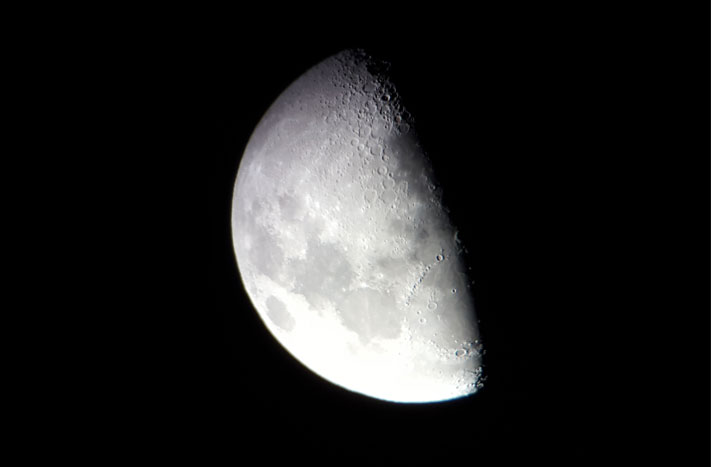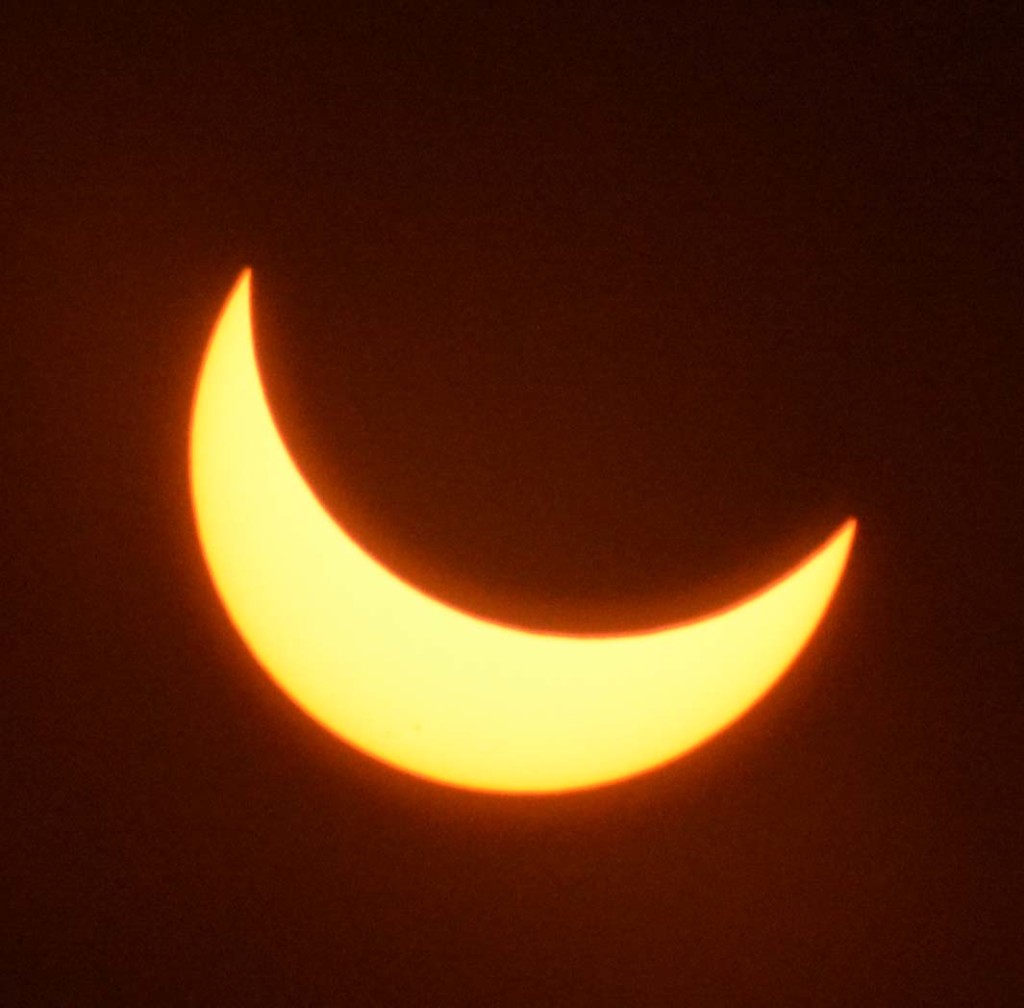By Erich Karkoschka

Saturn is 45 degrees high during the late evening. Rings are almost half open, the last time for several years.

Jupiter rises at 10 pm during early September, but close to sunset by late October. Its magnitude reaches -2.9, which is as high as it ever gets. Jupiter transits 73 degrees high during the morning hours.

Uranus is 10 degrees east of Jupiter at magnitude 5.7, getting closer to the Pleiades.
Neptune is between Jupiter and Saturn at magnitude 7.8. It reaches opposition on September 19.

Venus rises at 4 am, but later already at 3 am. It is high up by sunrise and is a large crescent in September, reaching half phase in late October. It is brightest in mid-September, and at -4.8, it is really bright. One could find it during daytime, for example around 9:30 am 65 degrees high in the south, or close to the moon September 11-12 and October 10.

Mercury is a morning object from September 15 to October 6, rising at 5 am below Regulus, which is below Venus.

The moon passes Jupiter on September 4, October 1 and 28. It is close to Pollux on the morning of October 7.

Arizona gets its second and last annular solar eclipse on October 14 with a maximum around 9:35 am. Tucson gets a good partial eclipse, while Four Corners (and parts of New Mexico) get the annular phase. A great event to watch, especially with a filtered telescope. Always use an approved SOLAR FILTER for observing Partial and Annular Eclipses.

